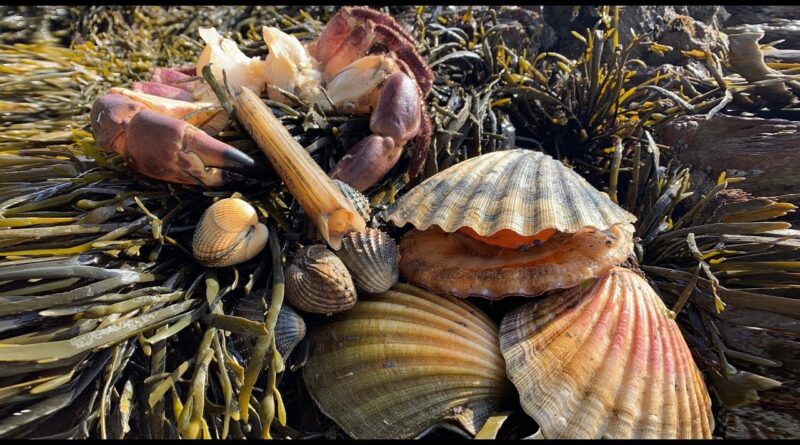Seasonal Coastal Foraging: What to Harvest in Spring, Summer, Fall, and Winter
Coastal foraging is a rewarding way to connect with nature and gather wild foods along the shoreline. However, the availability of different plants, seaweeds, and shellfish varies throughout the year. Understanding what can be harvested in each season can make your foraging trips more successful and sustainable.
Before diving into the seasonal specifics, it’s important to familiarize yourself with the basics of coastal foraging to ensure you forage safely and responsibly. Knowing which species are in season and abundant helps maintain a balanced ecosystem while giving you the best harvest experience.
Spring
Spring marks a time of renewal along the coast, with many plants and seaweeds coming into season. As the weather warms and tides shift, new life begins to thrive. Key items to forage in the spring include:
- Seaweed: Sea lettuce and bladderwrack are some of the earliest seaweeds to flourish. These nutrient-rich greens are perfect for salads or soups.
- Wild Asparagus: In certain coastal areas, wild asparagus can be found sprouting in the dunes or salt marshes.
- Clams and Mussels: Spring tides make it easier to access shellfish like clams and mussels, which are often plump and ready for harvest after the cold winter months.
Spring is also an excellent time to forage for young, tender plants that thrive in the cool, wet conditions.
Summer
Summer is the most abundant season for coastal foraging, with long days and warmer waters encouraging the growth of a wide variety of edible species. Here’s what you can expect to harvest:
- Seaweeds: Varieties such as kelp, dulse, and nori are at their peak during the summer months.
- Berries: Coastal regions often have an abundance of wild berries, such as sea buckthorn or elderberries, which can be found near the shoreline.
- Crabs and Lobsters: Many coastal foragers target crabs and lobsters during the summer, when these crustaceans are active and easier to catch.
- Coastal Plants: Salt-tolerant plants like samphire (sea beans) are abundant in the summer and can be a salty, crisp addition to your meals.
Summer foraging is ideal for exploring tide pools and rocky shores when the sea is calm and the sun is shining.
Fall
As temperatures begin to cool in the fall, there is still plenty to forage along the coast. This season often brings the final abundance of shellfish and seaweed, making it a prime time to gather and preserve food for the colder months.
- Oysters: Fall is the start of oyster season, and this is the best time to harvest them when the waters are cooler and they are plump.
- Mussels and Scallops: Both species are plentiful in the fall, and can often be found in clusters along rocky coastlines.
- Root Vegetables: Foragers may also find wild carrots or sea beets in coastal fields and dunes.
- Seaweed: While not as prolific as in summer, some types of seaweed like dulse can still be foraged in fall.
Preserving your fall harvest by drying seaweed or freezing shellfish is a great way to extend the benefits of coastal foraging into winter.
Winter
Winter foraging can be challenging, but it’s still possible to find some hardy species during the colder months. With the right gear and preparation, winter foraging can be rewarding.
- Kelp and Rockweed: Some seaweeds, like kelp and rockweed, remain available through the winter and provide a nutrient-dense harvest.
- Cockles: These small, heart-shaped shellfish can be found in winter along sandy or muddy flats.
- Sea Buckthorn Berries: Though most berries are past their prime, sea buckthorn is one of the few fruits that remain available into the winter months, providing a tart and vitamin-rich food source.
- Limpets and Whelks: These shellfish are often overlooked but can be found clinging to rocks year-round.
Winter foraging requires extra attention to safety, as icy conditions and unpredictable tides can make the coast more dangerous. However, it’s still possible to enjoy a successful harvest with careful planning.
Conclusion
Each season brings its own unique opportunities for coastal foraging, whether you’re harvesting fresh seaweed in summer, collecting shellfish in fall, or gathering hardy species in winter. By understanding the rhythms of nature and knowing what to harvest in each season, you can enjoy a sustainable and fruitful foraging experience year-round.




